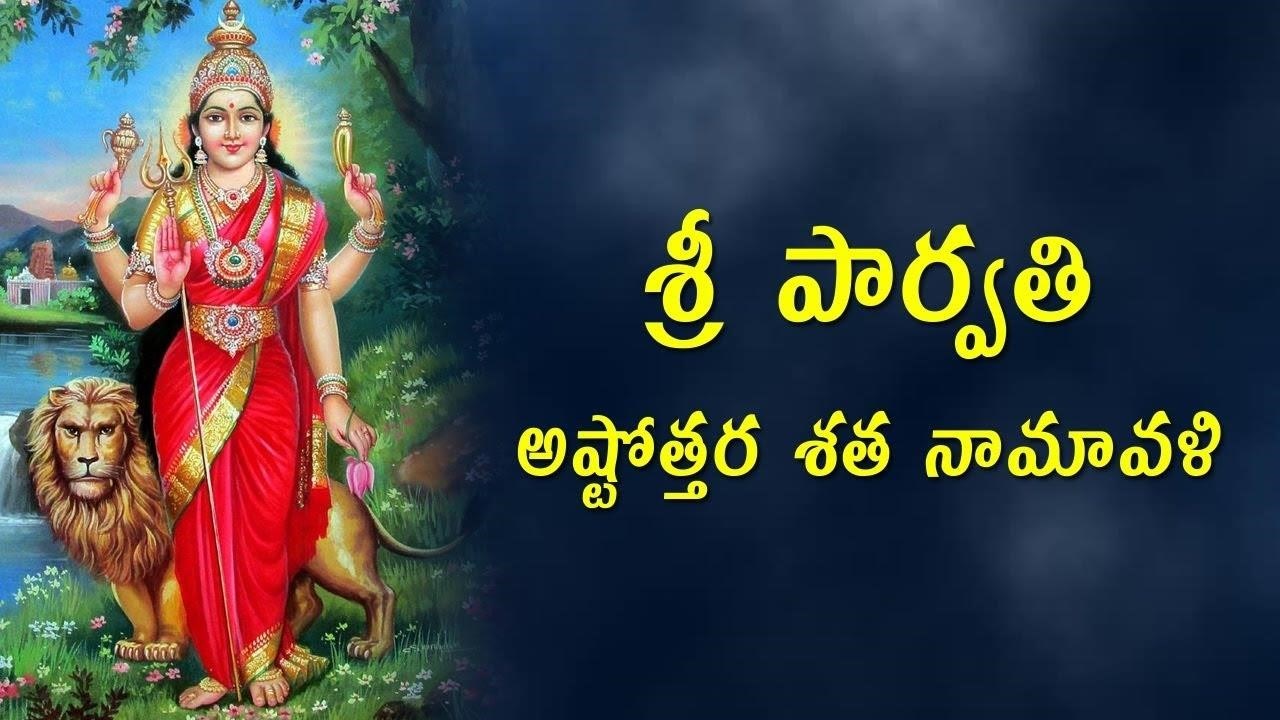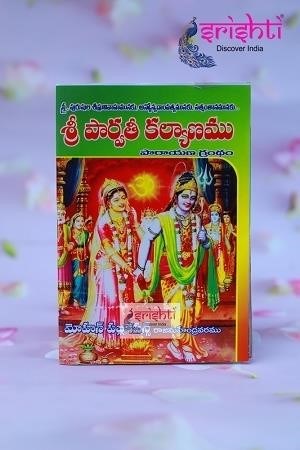Parvathi Ashtothram in Telugu PDF⁚ A Comprehensive Guide
This guide explores the availability of Parvathi Ashtothram in Telugu PDF format, discussing online resources for downloads and the authenticity of various sources․ We’ll examine different versions and interpretations, the significance of the 108 names, and the cultural importance of this devotional text․
Availability of Parvathi Ashtothram in Telugu PDF Format
The availability of the Parvathi Ashtothram in Telugu PDF format varies widely․ While dedicated websites offering Telugu devotional literature might host the text, finding a reliable and authentic version requires careful consideration․ Many online platforms provide free downloads, but verifying their accuracy and adherence to traditional scriptural renderings is crucial․ Some PDFs may be part of larger collections encompassing various Telugu stotras or may be standalone documents․ The quality of these PDFs can vary, with some offering clear text and easy navigation while others might be less user-friendly․ It’s advisable to check reviews or compare multiple sources to ensure you have a version that’s both accurate and easy to read․ Remember that some sites might offer paid downloads, especially if they include additional features or commentaries alongside the primary text․ Therefore, careful research is essential before downloading any Parvathi Ashtothram PDF to ensure accuracy and authenticity․
Online Resources for Downloading the PDF
Numerous online resources offer Parvathi Ashtothram in Telugu PDF format․ However, discerning reliable sources from those of questionable authenticity is paramount․ Websites dedicated to Telugu devotional literature are a good starting point․ These often categorize their content, making it easier to locate the specific stotram․ Search engines can also be helpful, but be wary of results from less reputable sites․ Always check the website’s credibility before downloading․ Look for sites with clear contact information, established histories, and positive user reviews․ Some websites specializing in Sanskrit and Indian devotional texts may offer the Ashtothram in Telugu alongside other languages․ Remember that file-sharing platforms may also host the PDF, but these are often unregulated, increasing the risk of encountering inaccurate or incomplete versions․ Therefore, prioritizing established religious or cultural websites is recommended for a trustworthy download․ Always double-check the source’s reputation before downloading any religious text․
Websites Offering Telugu Devotional Literature
Several websites specialize in providing Telugu devotional literature, including various stotras and ashtothrams․ These platforms often categorize their offerings by deity or type of text, simplifying the search for the Parvathi Ashtothram․ Some might offer the text in both transliterated and original Telugu script․ Many of these websites are maintained by religious organizations, cultural institutions, or individuals passionate about preserving and sharing Telugu religious heritage․ They might provide additional resources like audio recitations, translations, or explanatory notes․ It’s important to note that the quality and accuracy of the provided texts can vary across different websites․ Therefore, it’s always advisable to compare multiple sources, especially when dealing with sacred texts․ Cross-referencing the content with other known versions can help ensure accuracy․ While some sites might offer free downloads, others may require registration or a small fee․ Always verify the legitimacy and reputation of a website before downloading any religious material․
Authenticity and Reliability of Online Sources

Verifying the authenticity and reliability of online sources offering Parvathi Ashtothram in Telugu PDF format is crucial․ The internet hosts a diverse range of websites, some meticulously preserving traditional texts, others less scrupulous․ When downloading, look for established religious organizations, reputable publishers, or well-known digital libraries specializing in religious texts․ These institutions often have rigorous quality control measures and experienced scholars involved in the digitization process․ Be wary of websites with poorly designed interfaces, grammatical errors in the provided text, or those lacking clear contact information․ A credible source will typically provide details about the origin of the text, its translator (if applicable), and any relevant historical context․ Cross-referencing the downloaded PDF with multiple sources helps ensure accuracy․ Compare different versions to identify potential discrepancies or errors․ If possible, seek validation from experts in Telugu literature or Hindu scriptures; Remember, inaccuracies in a devotional text can affect its intended purpose and spiritual value; thus, exercising caution is vital for ensuring the authenticity and reliability of the online source․
Different Versions and Interpretations of the Ashtothram

The Parvathi Ashtothram, like many ancient devotional texts, exists in various versions and interpretations․ These variations can stem from different schools of thought within Hinduism, regional dialects influencing pronunciation and phrasing, and the choices made by individual compilers or scribes over centuries․ Slight differences in the order of the 108 names, the inclusion or omission of certain verses, or minor variations in the Sanskrit transliteration into Telugu can be observed․ These differences don’t always signify errors but rather reflect the richness and fluidity inherent in oral traditions․ Some versions may emphasize specific aspects of Parvathi’s divine attributes, leading to stylistic variations․ The choice of which version to use often depends on personal preference, familiarity with a particular tradition, or the guidance of a spiritual advisor․ Understanding these variations is important for appreciating the context and historical development of the Ashtothram․ Researching and comparing different available versions allows for a deeper understanding of its multifaceted nature and the diverse ways in which devotees have engaged with this sacred text throughout history․ Ultimately, the most important aspect is the devotion and sincerity with which the Ashtothram is recited․
Benefits of Reciting Parvathi Ashtothram
Reciting the Parvathi Ashtothram is believed to bestow numerous spiritual and worldly benefits within the Hindu faith․ Devotees often chant the 108 names as a form of meditation, fostering inner peace and tranquility․ The rhythmic repetition is thought to cleanse the mind of negative thoughts and promote mental clarity․ Beyond personal well-being, the Ashtothram is considered a powerful tool for seeking divine blessings․ Many believe that regularly chanting the sacred names invokes Parvati’s grace, leading to improved health, prosperity, and the fulfillment of desires․ It’s also seen as a way to strengthen one’s connection with the divine feminine energy and cultivate qualities associated with Parvati, such as wisdom, compassion, and strength․ Some believe that reciting the Ashtothram protects against negative influences and brings about positive changes in one’s life․ However, it’s important to remember that the primary benefit often cited is the spiritual growth and deepening of faith that comes from dedicated practice․ The experience is deeply personal and subjective; the perceived benefits vary from individual to individual․ The power of devotion and sincere recitation is considered paramount․
The Significance of the 108 Names
The Parvathi Ashtothram, like many other Ashtothrams in Hindu tradition, comprises 108 names (or namavali) dedicated to the goddess Parvati․ The number 108 holds significant spiritual importance in Hinduism, often associated with completeness and wholeness․ It’s believed to represent the interconnectedness of various aspects of the divine․ Each of Parvati’s 108 names in the Ashtothram encapsulates a specific attribute, aspect of her personality, or a manifestation of her divine power․ These names aren’t merely epithets; they’re profound expressions of her multifaceted nature․ Chanting these names isn’t just a mechanical repetition; it’s a journey of exploring the vastness of the goddess’s being and her numerous roles in the cosmic order․ The practice is believed to enhance understanding and appreciation of Parvati’s divine qualities, fostering devotion and a deeper connection with her․ The 108 names are not randomly chosen; each one holds deep symbolic meaning within the larger context of Hindu mythology and philosophy․ Reciting them is considered a powerful way to connect with and honor the divine feminine energy․ Through repeated recitation, devotees aim to internalize these qualities and embody them in their own lives․
Cultural Context and Importance of the Ashtothram
Within the rich tapestry of Telugu culture, the Parvati Ashtothram holds a prominent position․ The Telugu-speaking regions of India have a deep-rooted devotion to Parvati, who is revered as Shakti, the divine feminine energy․ The Ashtothram’s significance extends beyond mere religious observance; it’s deeply embedded in the cultural fabric of the region․ The recitation of the 108 names is often part of daily prayers, special pujas (rituals), and festivals․ The accessibility of the Parvati Ashtothram in Telugu PDF format reflects the growing digitalization of devotional practices․ It allows for wider dissemination and convenience for devotees, regardless of location or access to traditional resources․ The availability in Telugu ensures that the ancient tradition remains accessible to a large segment of the population who primarily communicate in this language․ This digital accessibility also fosters a sense of community amongst devotees, who can share and discuss the significance of this sacred text․ The cultural importance of the Ashtothram lies in its ability to connect generations through shared devotion and to strengthen the cultural identity of the Telugu-speaking community․ The continued use of the Ashtothram reflects the enduring power of tradition and faith in the modern era․
Parvathi’s Role in Hindu Mythology
In Hindu mythology, Parvati, also known as Uma, Gauri, and Shakti, occupies a pivotal role as the consort of Lord Shiva․ She is not merely a passive wife but a powerful and independent goddess in her own right․ Her mythology is rich with stories that celebrate her strength, devotion, and unwavering commitment to dharma (righteousness)․ Parvati’s narratives often depict her overcoming obstacles and achieving spiritual enlightenment through intense tapas (austerities)․ She is portrayed as the epitome of a devoted wife, yet also as a fierce warrior capable of protecting her devotees․ In some myths, she is the embodiment of Adi Shakti, the primordial energy that is the source of creation․ Her role extends beyond her relationship with Shiva; she is also associated with motherhood, fertility, and the power of nature․ The many names in the Ashtothram highlight various aspects of her personality and powers, emphasizing her multifaceted nature․ Understanding her diverse roles within the Hindu pantheon provides deeper context and appreciation for the devotion expressed in the Ashtothram․ The stories surrounding Parvati’s life and achievements are a testament to her enduring significance in Hindu culture and faith․
Related Telugu Devotional Literature
Exploring the rich landscape of Telugu devotional literature reveals numerous texts connected to Parvati and her significance․ Many stotras (hymns) and kirtans (devotional songs) are dedicated to her, celebrating her various attributes and roles․ These compositions often draw from the same mythological sources as the Parvati Ashtothram, enriching the understanding of her character and her connection to other deities․ Alongside the Ashtothram, one might find other collections of 108 names (Ashtothara Shatanamavali) dedicated to other goddesses, allowing for comparative study of devotional practices and literary styles․ Some texts focus on specific episodes from Parvati’s life, offering detailed narrations and poetic interpretations․ The availability of these works in Telugu contributes to the preservation and propagation of Hindu traditions and beliefs within the Telugu-speaking community․ Furthermore, exploring these texts provides a deeper understanding of the cultural and historical context surrounding the Parvati Ashtothram, placing it within a broader devotional framework․
Comparison with Other Goddess Ashtothrams in Telugu
Comparing the Parvati Ashtothram with other goddess Ashtothrams in Telugu reveals fascinating insights into the diverse ways devotees express their faith․ While all share the structure of 108 names, the epithets used to describe each goddess reflect unique aspects of their personalities and roles within the Hindu pantheon․ For instance, a Lakshmi Ashtothram might emphasize her association with prosperity and abundance, while a Durga Ashtothram would highlight her strength and power in vanquishing evil․ Analyzing the linguistic nuances and poetic styles employed in different Ashtothrams can also reveal regional variations and influences․ The choice of specific names and their ordering might also reflect different theological interpretations or sectarian preferences․ By comparing these texts, we gain a richer understanding of the diverse devotional traditions within the Telugu-speaking regions and how they shape the perception and worship of these powerful goddesses․ Such a comparison highlights the richness and complexity of Hindu religious thought and practice․
